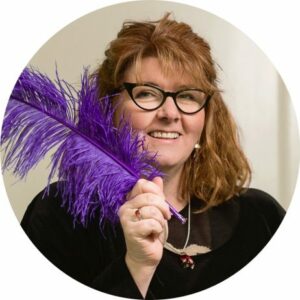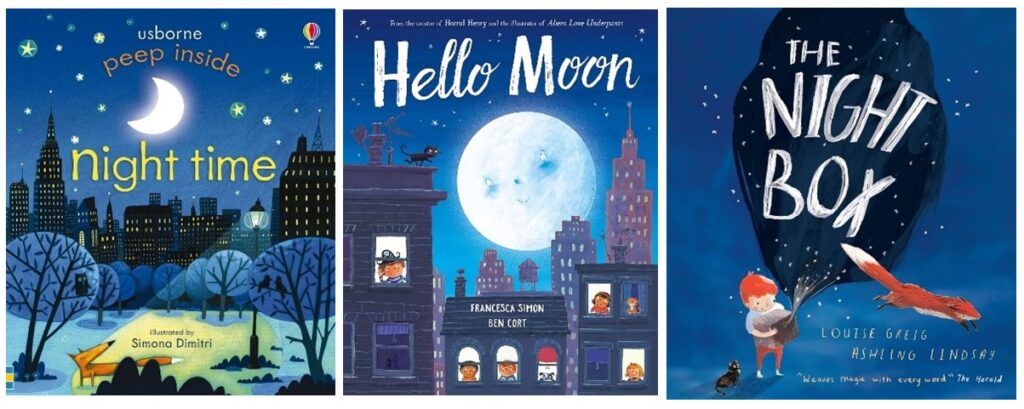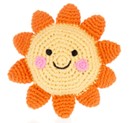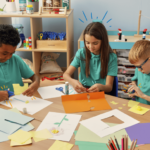
Author: Alice Sharp
It’s vital that we remember that a three year old’s imagination is just beginning to really develop and they may fear things that aren’t real, such as monsters in the shadows or darkness.
Their ability to imagine can make them more susceptible to fears of the unknown.
While they are learning to differentiate between reality and imagination the dark can feel mysterious or scary because they can’t see what’s around them. This uncertainty can cause them to be anxious.
While we set up dens, little hidden spaces, tiny dark destinations we should keep in mind what the dark may represent for them.
The dark might also remind them that they separate from their parents, their safe environment to go into their own space, this may make them feel vulnerable. This is tricky for them as they are learning to become independent but still have a strong attachment to the adults around them.
Dark Dens
• When you create small, intriguing spaces make sure you look at them from the point of view of the children.
• If you make them really dark with no clear sight line to an adult, make sure you place torches, touch lights, fairy lights to take the edge off the darkness.
Being in the dark may also make the children feel helpless or unable to handle situations they don’t understand. They have no way at this stage to control their environment, unless we offer things to help them.
Comfort, reassurance and gradual exposure of the dark can help ease their fears.
As you create the dark dens or dark spaces, do it together or at least point out the various light sources you have placed inside. You might also put a few baskets of favourite toys and resources that are familiar.
As they get older most children outgrow their fear of the dark, they develop mechanisms to cope and have a better understanding of their world and how they can ‘manipulate’ it (with a torch).
There are a wide variety of books you can introduce to help the children come to terms with the dark, to feel more confident in their unknown.
The sun makes the day light, the moon makes the night dark. Children have long been fascinated by both. What might we tell them about these features of their every day?
The Sun
• The Sun is a big, bright ball of fire in the sky.
• It’s so far away that we can’t touch it, but it gives us warm sunshine and helps everything grow.
• The Sun wakes up in the morning and goes to bed at night, just like we do.
• It helps keep us warm and gives us light, making the world bright during the day.
• Even though it’s really hot and far away, we can look up at it and see how it lights up everything around us!
The Moon
• The Moon is a big, round rock that lives in the sky.
• It’s not shiny like the Sun, but it glows at night, making the sky look pretty.
• Sometimes the Moon looks like a full circle, and other times it looks like a little piece, like a smile.
• The Moon doesn’t make its own light; it just reflects the Sun’s light.
• It moves across the sky, and sometimes you can see it during the day too!
• It’s like a night-time friend that keeps us company while we sleep.
As much as we have considered children fear or worry about the dark many of them like small spaces because they make them feel safe, cozy, and secure.
In their first years, children are still learning about the world around them, and small spaces can feel like a little hideaway or a place where they have control. These spaces, like small tents, playhouses, or even a blanket fort, can give them a sense of comfort and privacy. It’s a way for them to explore their imagination and create their own little world where they feel protected. Plus, small spaces can be fun and make them feel like they’re in a secret place!
It’s really up to us, to know our children and know when a dark den is appropriate and will enhance and help develop their understanding and confidence in the world, they are becoming a bigger part of.
Here are a few ideas to help children become intrigued by the dark rather than afraid of the dark.
Glowing Darkness
• Gather some clear plastic or glass (if you are confident) bottles. Place a few little battery tealights inside.
• Place some glow stars into a small baskets and a couple of bottles with glow in the dark eco glitter inside.
• Darken a small space with a blanket, under a table is always the easiest or pop up you dark den.
• Place a few torches into another basket and climb inside to glow up the dark.
Torch light Dance
• Dim the lights in a space where there is room to move, dance, wander without an accident.
• Explain that you are going to have a little light show, with dancing lights.
• Turn the lights as low as possible or off if the children are ready for this.
• Sit and dance your torch lights suggesting the children move in time to the sway or bounce of the lights.
• Suggest they move towards the light or away from the light.
• Invite them to take over and you respond to the way they move their torch.
This is a great way to combine movement and the exploration of light and dark.
Light Rhymes
to share as you move to the light
Winter darkness quiet and still, (hold light steady)
shadows whisper, soft and chill (sway the light beams)
The moon is shining way up high (aim the light at the top of the space)
Frosty trees dance in the sky (dance the light flicker)
The snow is falling, soft and slow (move the light up and down slowly)
The stars are twinkling, all a glow (flash the light on and off)
Hope resources I love for exploring the dark:
LDA Colour Changing Light-Up Eggs – Pack of 6






